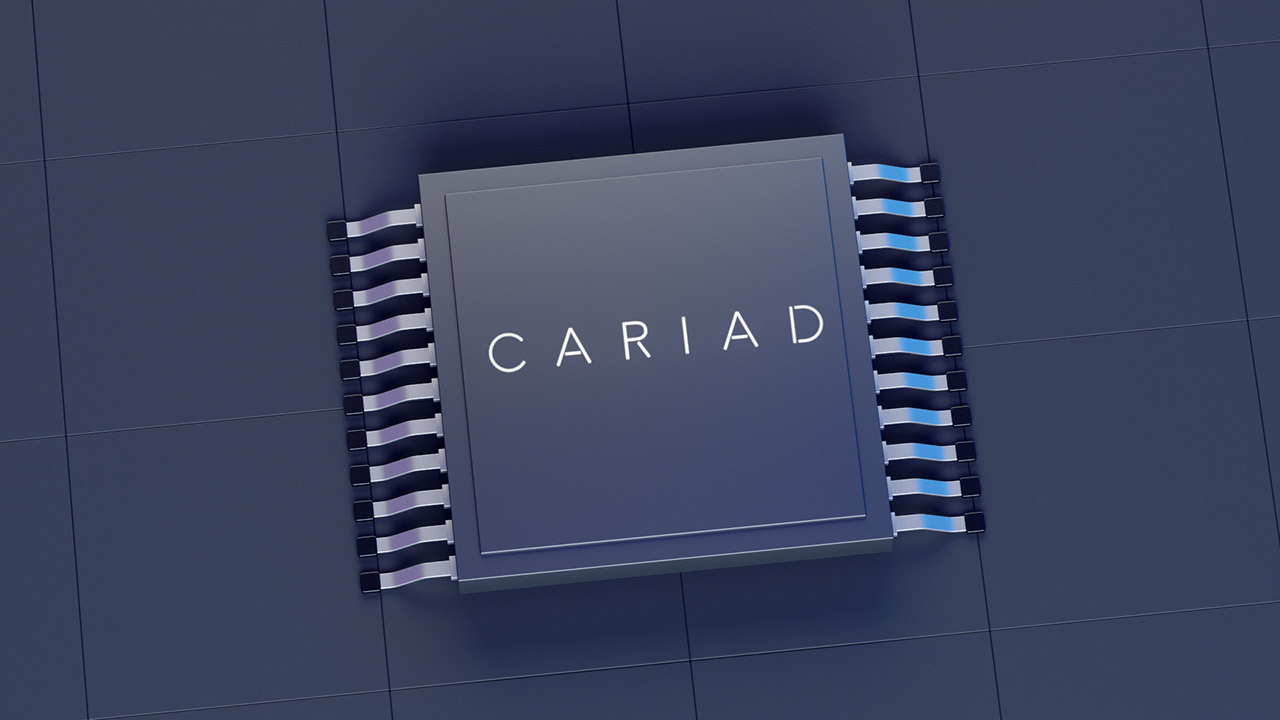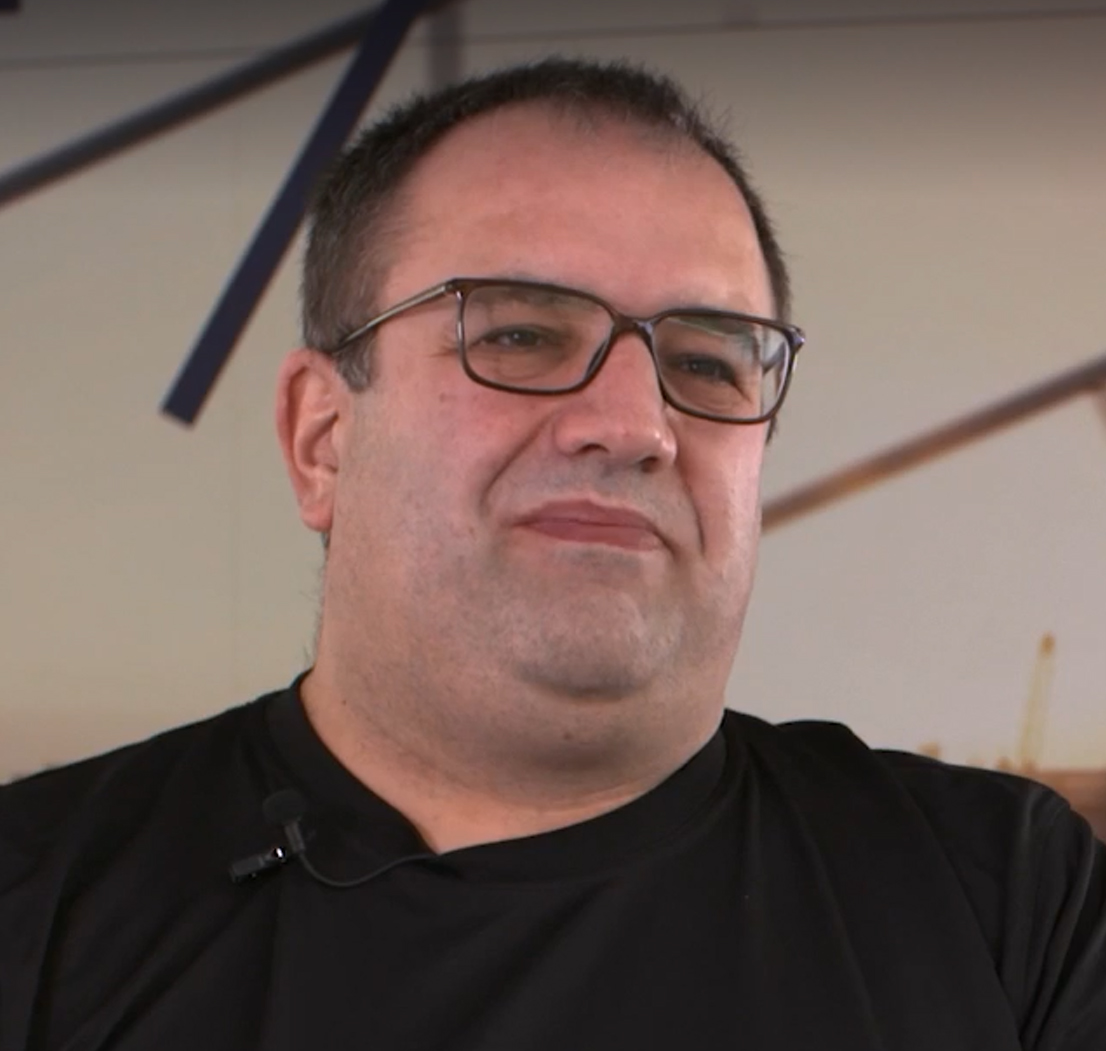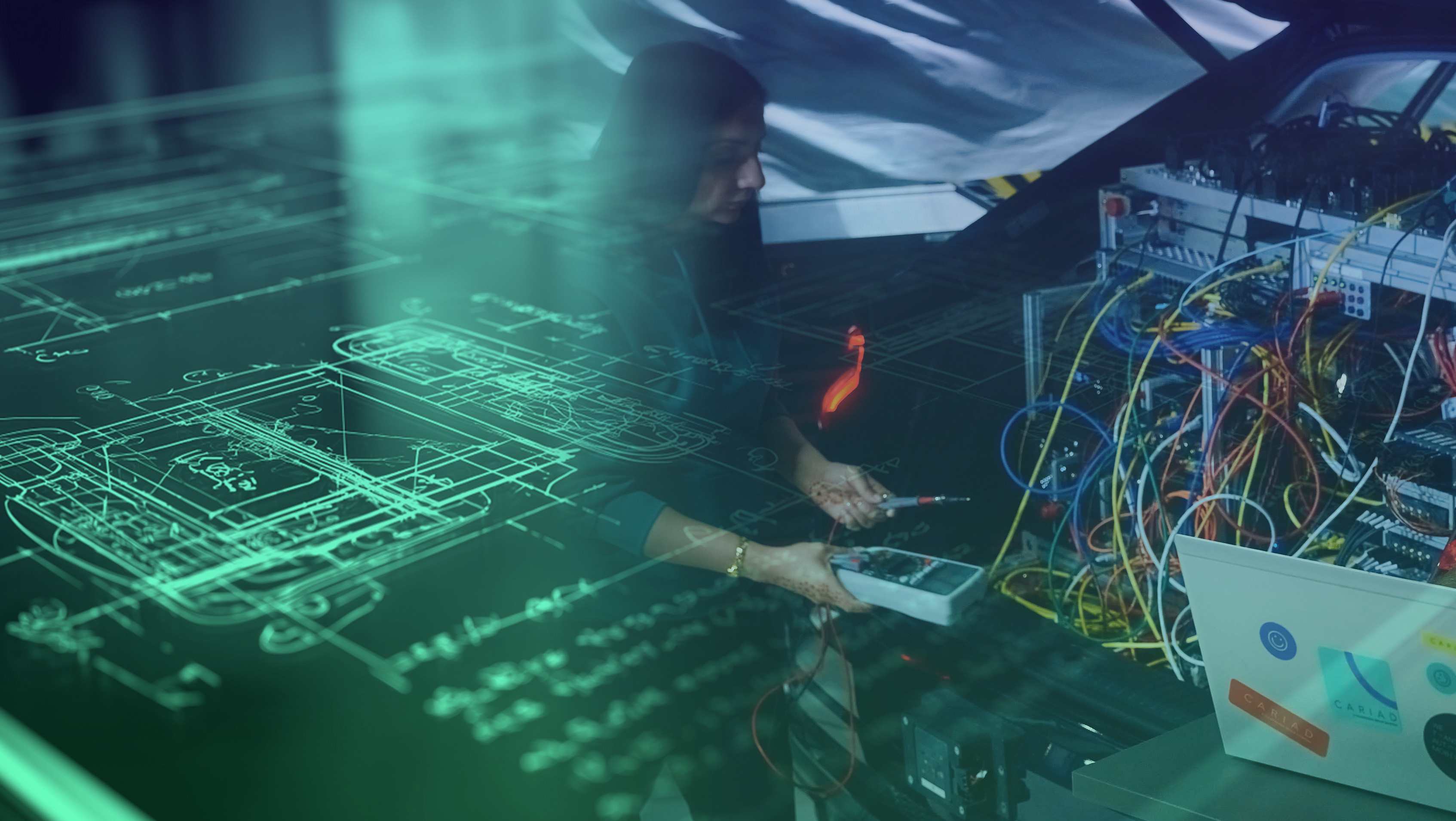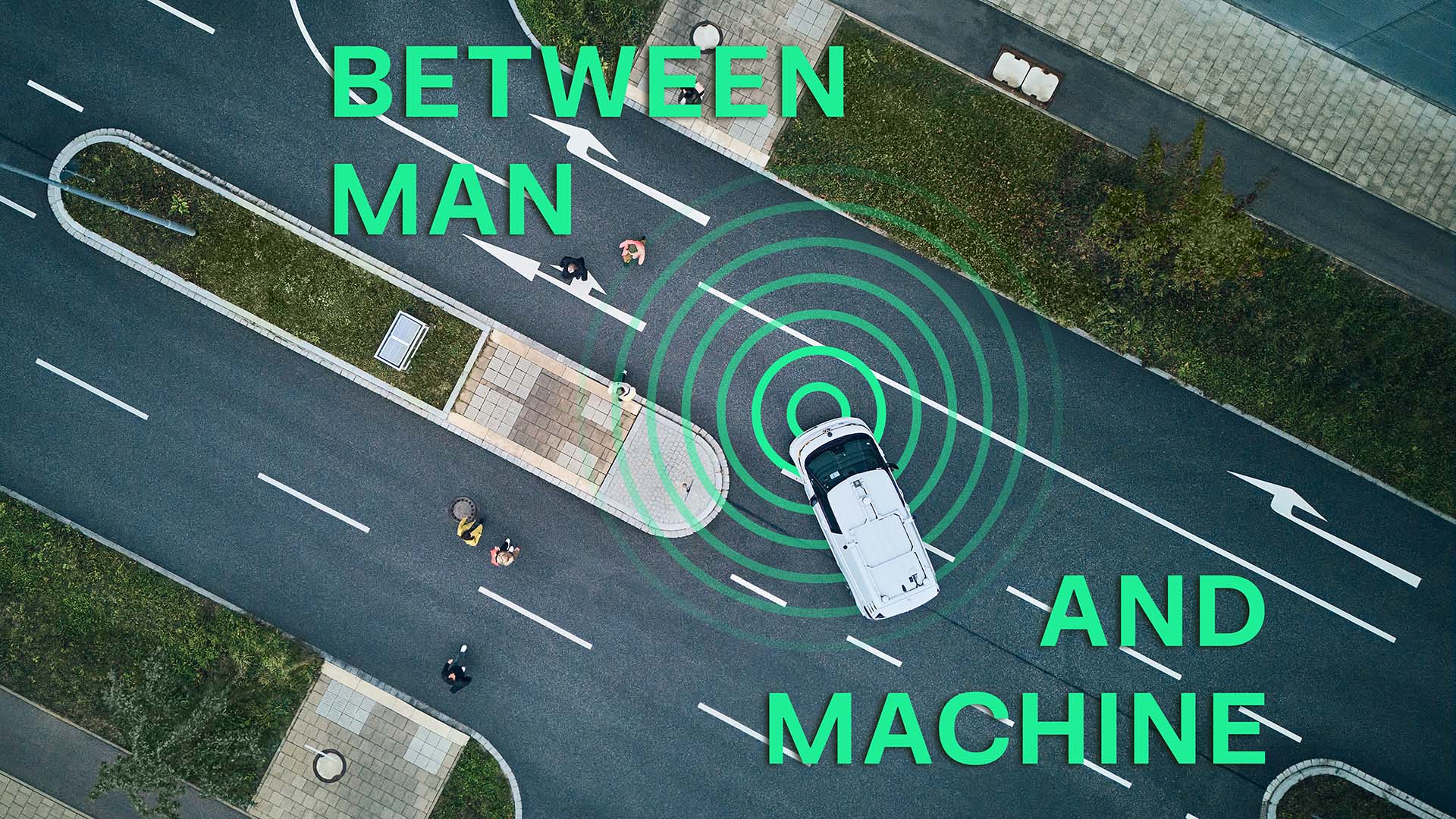How we’re developing hardware to ensure the success of our software
Klaus Hofmockel is Senior Vice President of Hardware Development at CARIAD. In this article, he explains our involvement in the development of semiconductors, the aspects of our work with these components, and the gradual evolution of CARIAD’s electronics architecture.

The transformation of the automotive industry is accompanied by drastically changing expectations of vehicle technology. As drivers and consumers, we want to have the latest infotainment system and navigation features. We expect electric cars to take us comfortably and quietly to our destination in a sustainable way. And in the future, we look forward to relaxing, reading a book or watching a movie while the car drives itself.
Development of the software needed to drive this greater digitalization and electrification has sharply increased demand for semiconductors. High-performance applications require so-called ‘leading-edge’ semiconductors, between 3 and 5 nm in size. In addition, the overall vehicle system – the ecosystem surrounding high-performance functions – must be supported by 20-nm semiconductors.
At CARIAD we are working intensely to secure the supply of the necessary semiconductors for all brands and will evolve to go deeper.
Why is CARIAD working with semiconductors for the Volkswagen Group?
CARIAD is a software company – so why are we dealing with hardware? Above all, to be able to develop and operate truly next-level software in the vehicle, we strongly believe that you also need to understand, define and control the physical components that lie beneath it. The reasons for our involvement in semiconductor specification and development can be divided into three key areas:
- Performance: The connected car of the future is a high-performance computer on wheels that’s constantly updated like a mobile device. Many of the software functions that we’re developing at CARIAD, including those in the areas of ADAS/AD and infotainment, demand extremely high levels of computational power. This power, and therefore the performance of the functions, is determined by semiconductors. We need to optimally match hardware and software so that we can optimize the performance efficiency of the central computer systems.
- Plannability and security of supply: Ensuring the long-term supply of semiconductors means thinking far ahead and taking a proactive role in their specification and development. Especially for 20-nm semiconductors, we need to start that work now to secure supply in five years’ time.
- Cost-effectiveness and scalability: By standardizing and centralizing the semiconductors used within the Volkswagen Group, we can bundle volumes and leverage synergies across all brands.
For these reasons, we’re examining which components of system-on-chips we’ll define ourselves or co-develop through a co-design approach.
How do we go about it?
Now that we’ve understood and established the importance of semiconductors, let’s go into a little more detail about the aspects of this complex topic.
Firstly, chip design and custom manufacturing requires specialized expertise and years of preparation. With that in mind, we’re already building up in-house expertise for specification, design, architecture, semiconductor development, testing and analysis. We’re also planning to establish a new semiconductor competence center. Ultimately, our goal is to co-create and design automotive chips of the future on an equal footing with semiconductor manufacturers.
Secondly, we’re aiming for long-term partnerships with the semiconductor industry. In doing so, CARIAD, and therefore the Volkswagen Group, will become part of the semiconductor value chain. We’ve already taken a first step in this direction with the recent announcement of the cooperation with Qualcomm – our first direct contact with a semiconductor manufacturer. A crucial part of these partnerships is the mutual transfer of knowledge. As an automotive company, we have special requirements for chips with regard to safety, quality and robustness. For example, chips must be able to last more than 100,000 hours in the car, and control units must always be on – in extreme cases, for 15 years. By working in close collaboration with our partners, we can ensure that these requirements are communicated and satisfied.
A third aspect focuses on standardization in the area of low computing. Our goal here is to specify microcontrollers and chip product families for specific ECUs and use the same devices or product families within one car where possible. The advantages of this are better communication between ECUs, fewer variants of microcontrollers and better controllability of the technology. Bundling volumes of semiconductors also means greater cost-effectiveness.
Finally, we promote co-design in the area of high performance. In the medium to long term, we aim to have the high-performance computers in our vehicles designed according to our own requirements. This will allow us to offer the best performance for our customers of all Volkswagen Group brands.
What does the future of our electronics architecture look like?
CARIAD’s future electronics architecture will see a drastic reduction in the number of control units in the vehicle, as well as a greater centralization of the components.
Vehicles currently on the market today contain about 20-25 ECUs. These are used, for example, for seat and door control units, ventilation flap controls, the infotainment system and ADAS.

In the next step, we’ll already significantly reduce the number of ECUs, though the architecture will still be decentralized with domain controllers for areas like the powertrain, automated driving functions, infotainment, gateway and body.
Looking further into the future, we’ll consolidate individual ECUs into larger units, with a zone architecture based on microcontrollers in the smallest expansion stage. In addition, a new high-performance computer will control the infotainment system and automated driving.

With this focus on simplification, standardization and centralization, CARIAD will build a single, uniform electronics architecture, featuring tailor-made semiconductors, for the entire Volkswagen Group. With this strong foundation for the software solutions that we’re developing for all brands, we’ll be able to meet – and even exceed – consumers’ demands of automotive technology.




